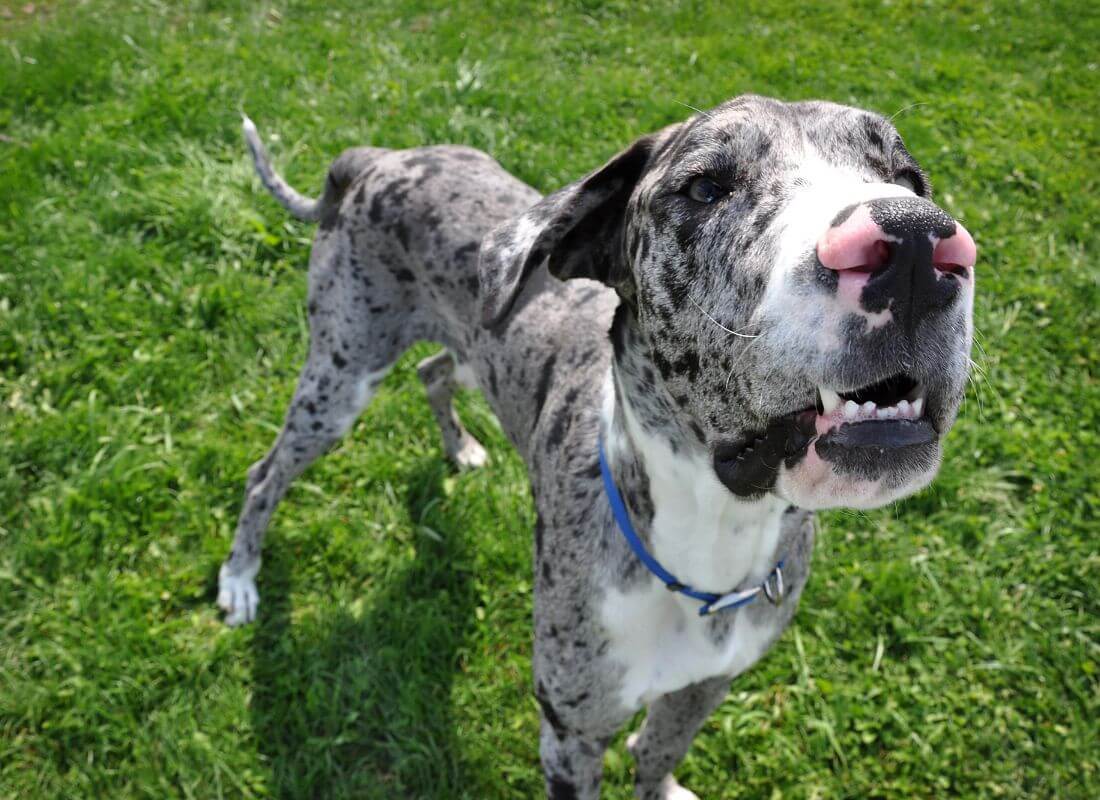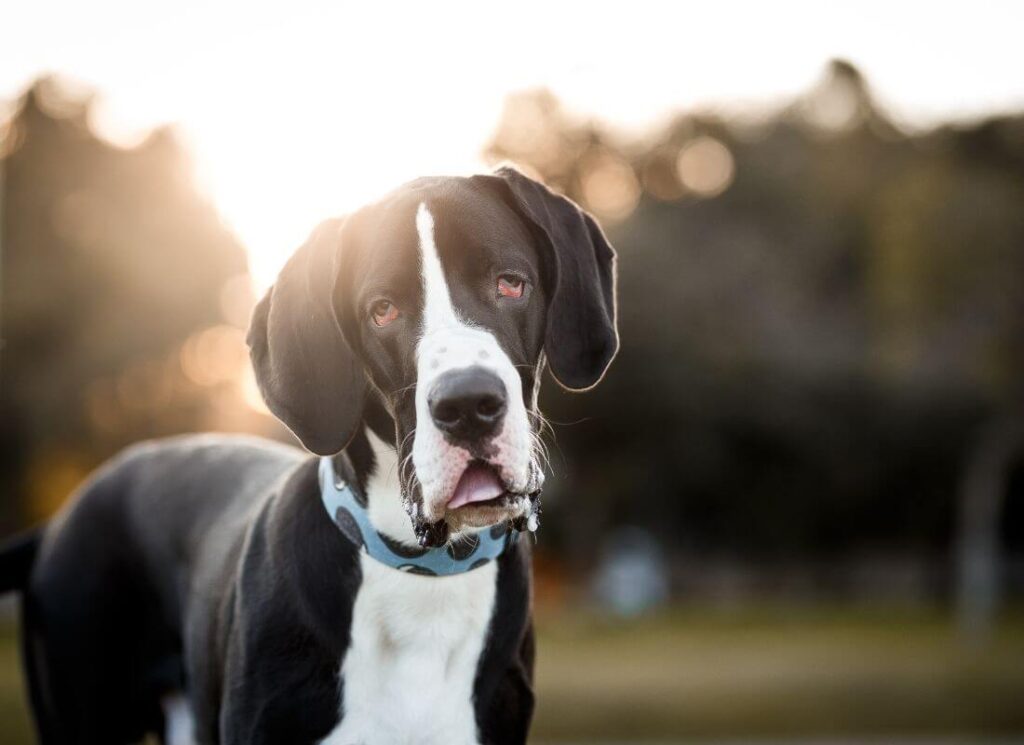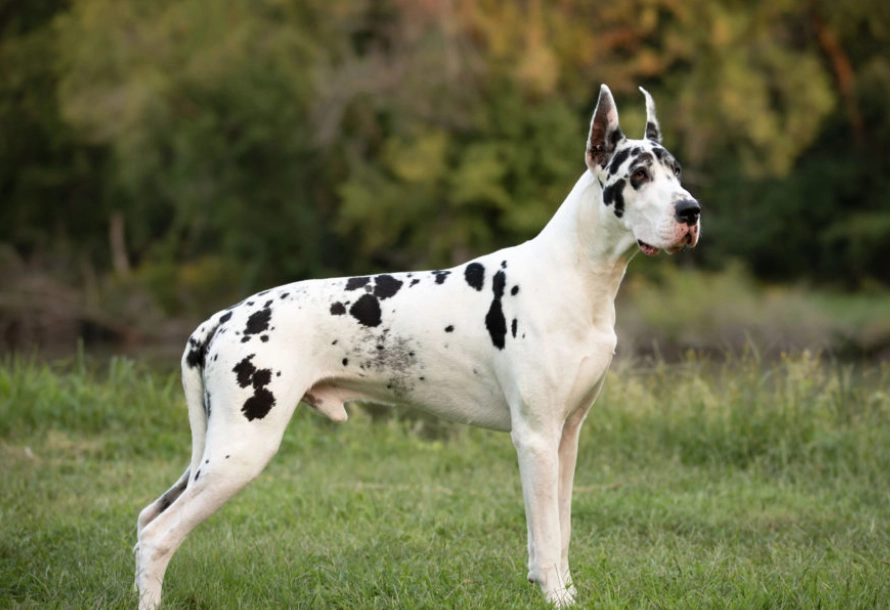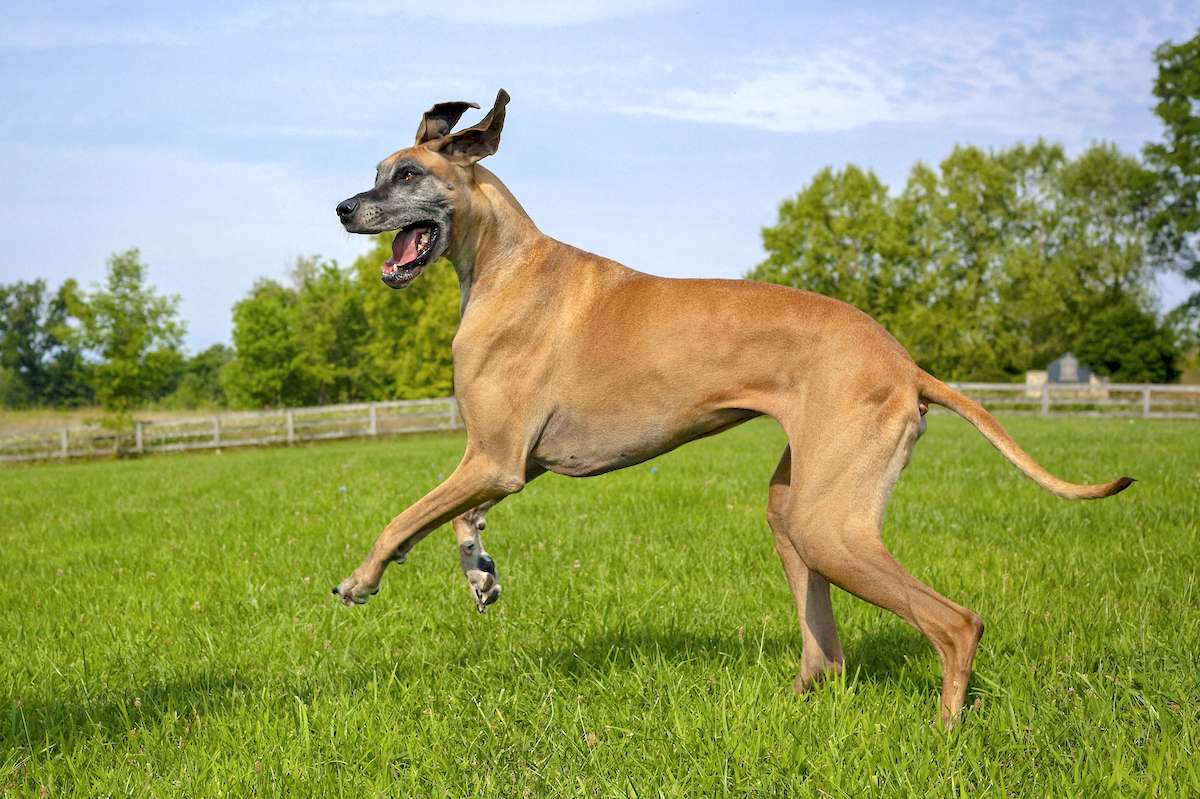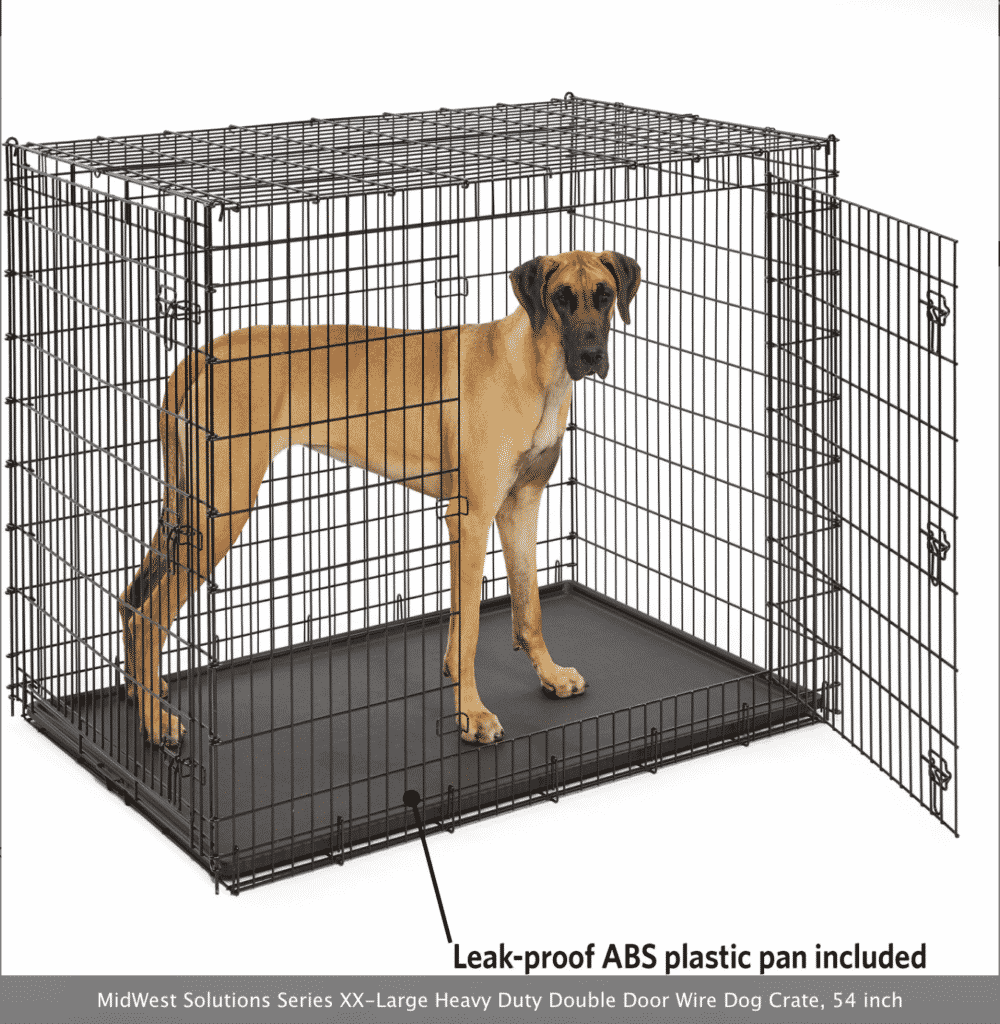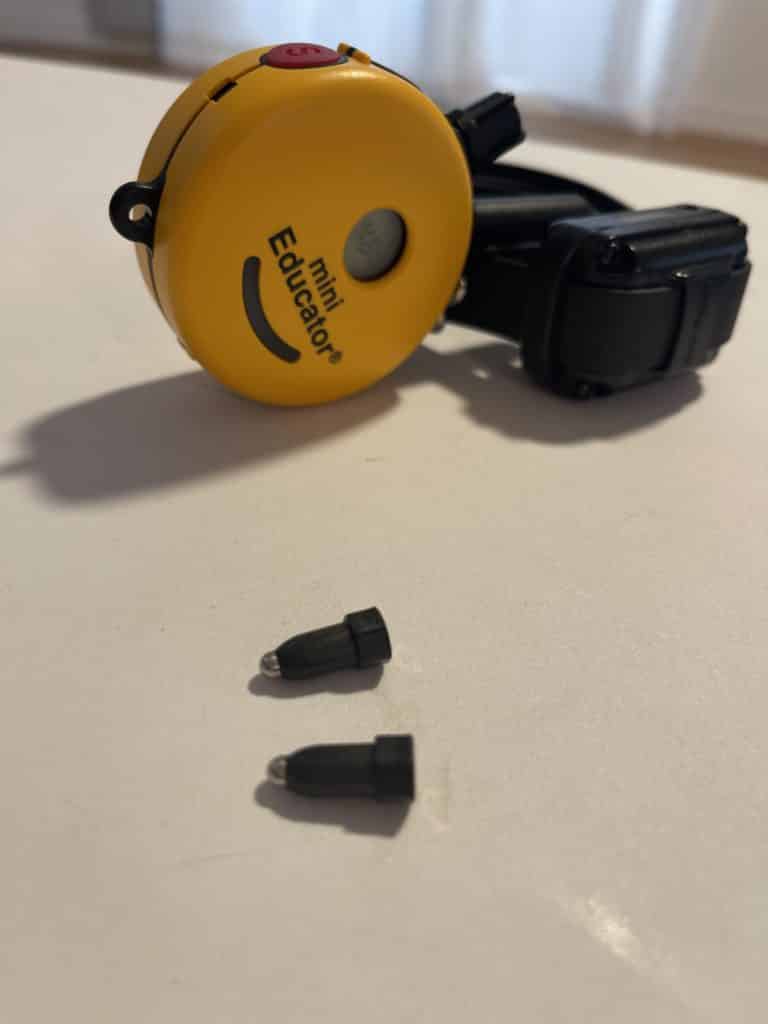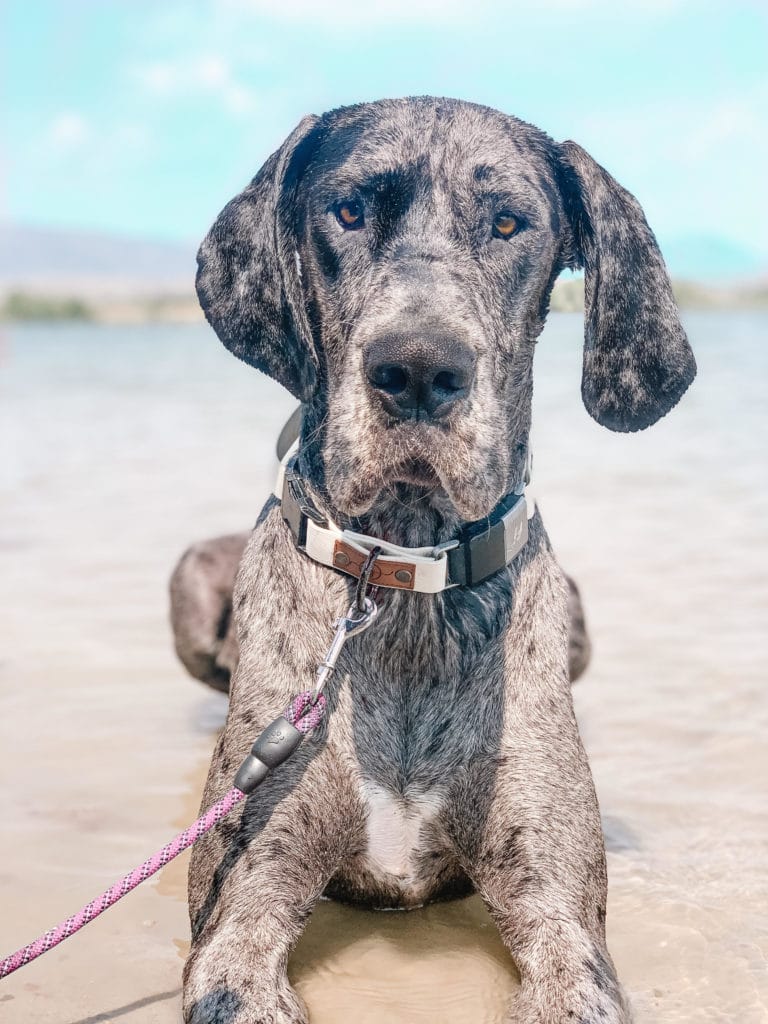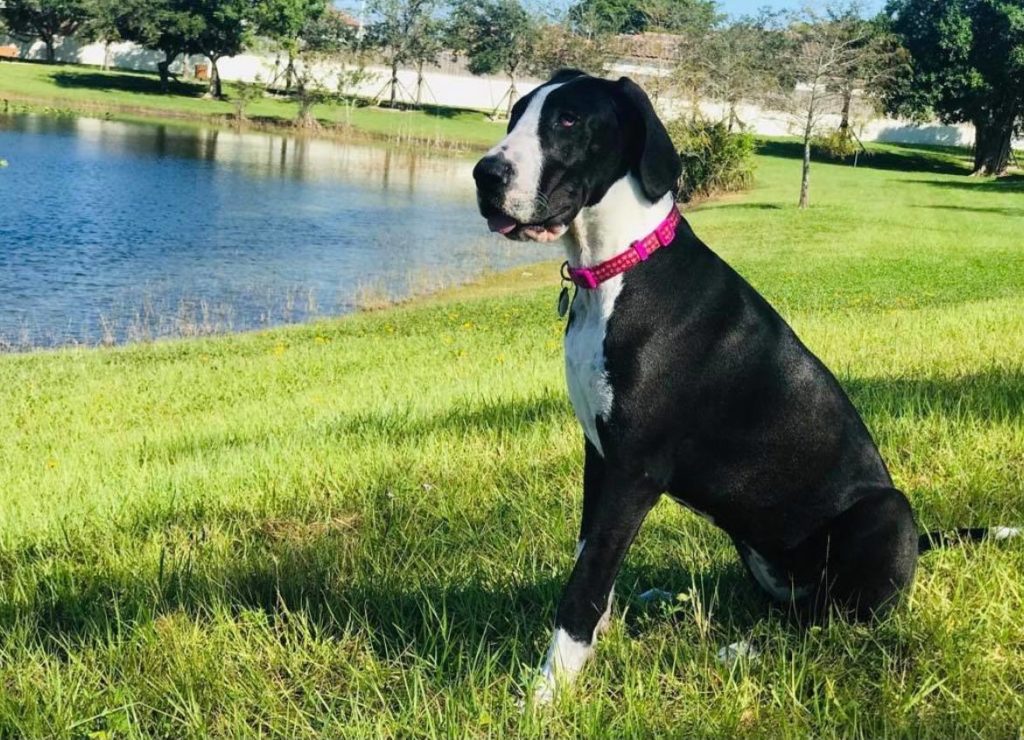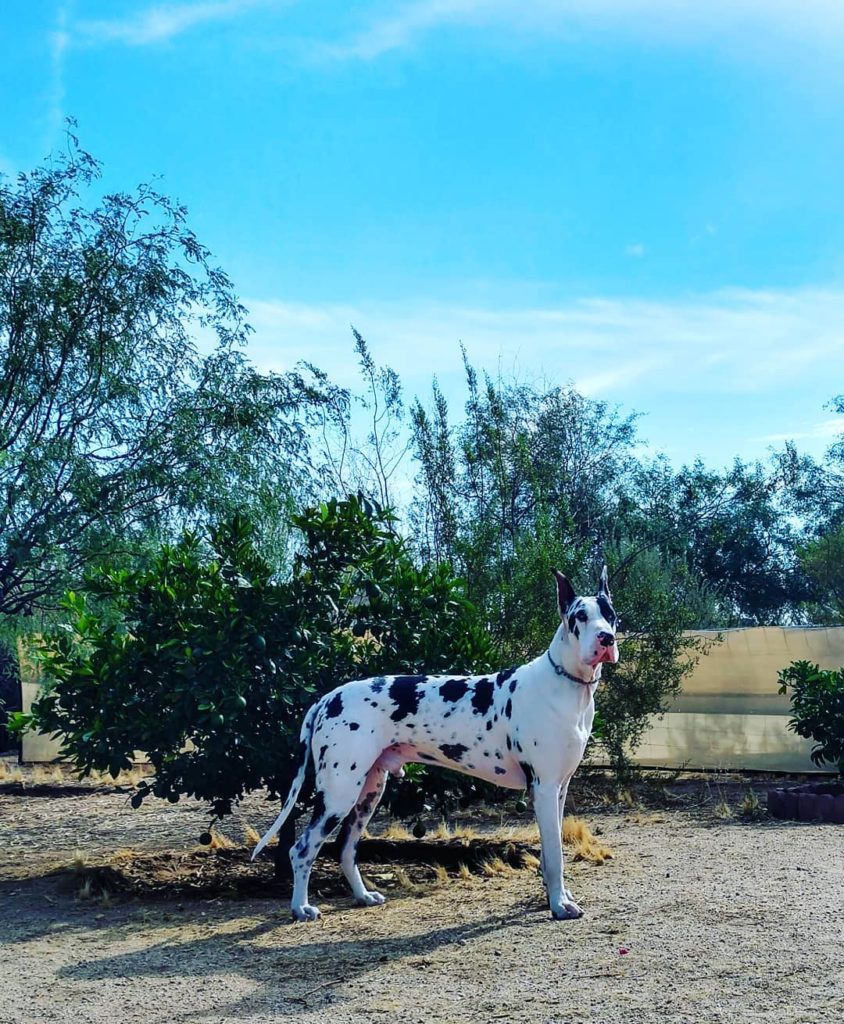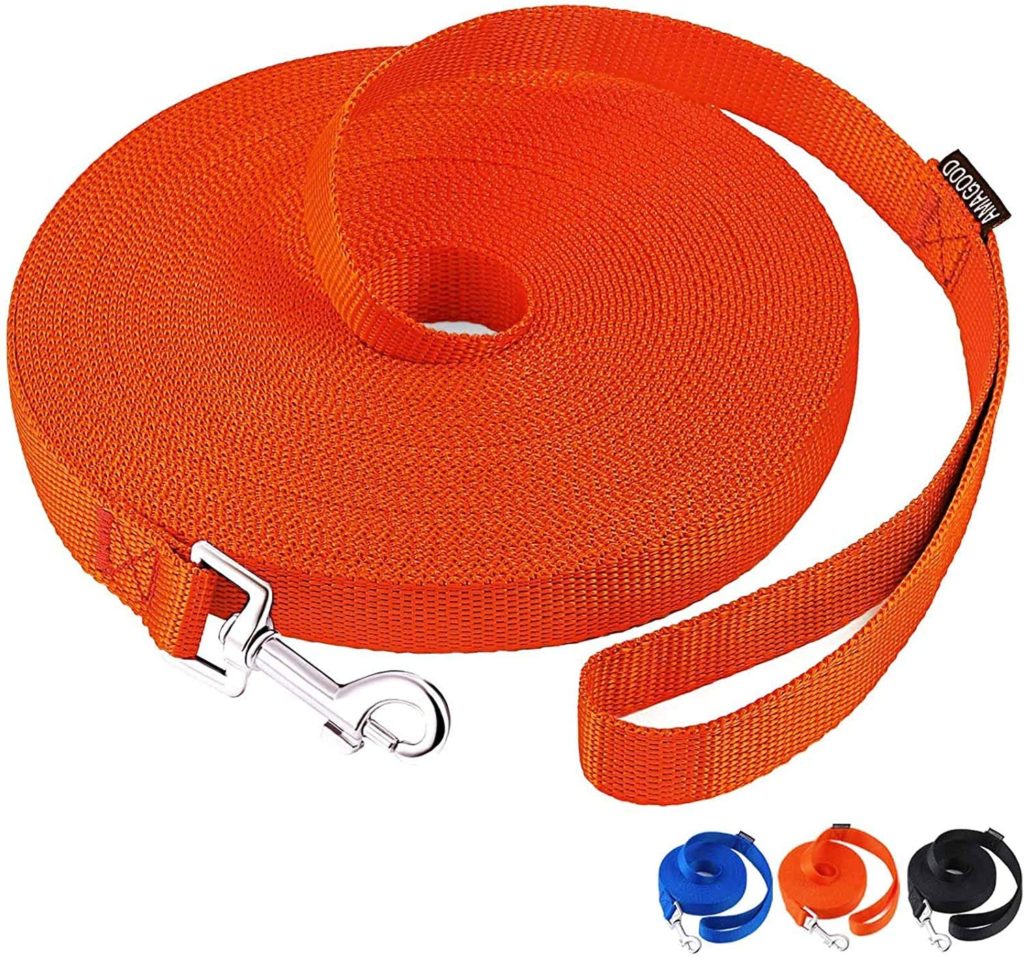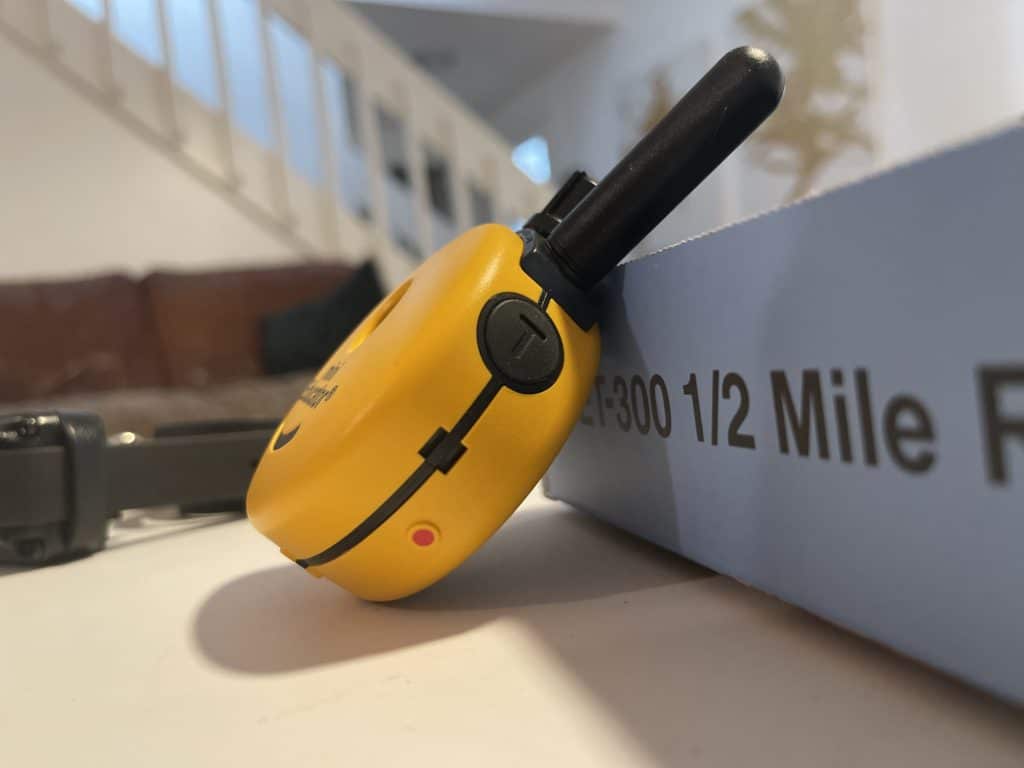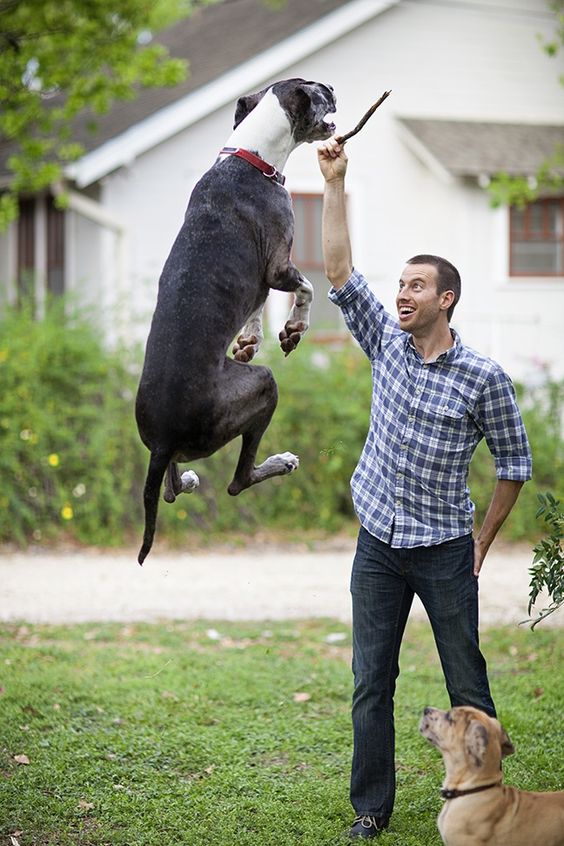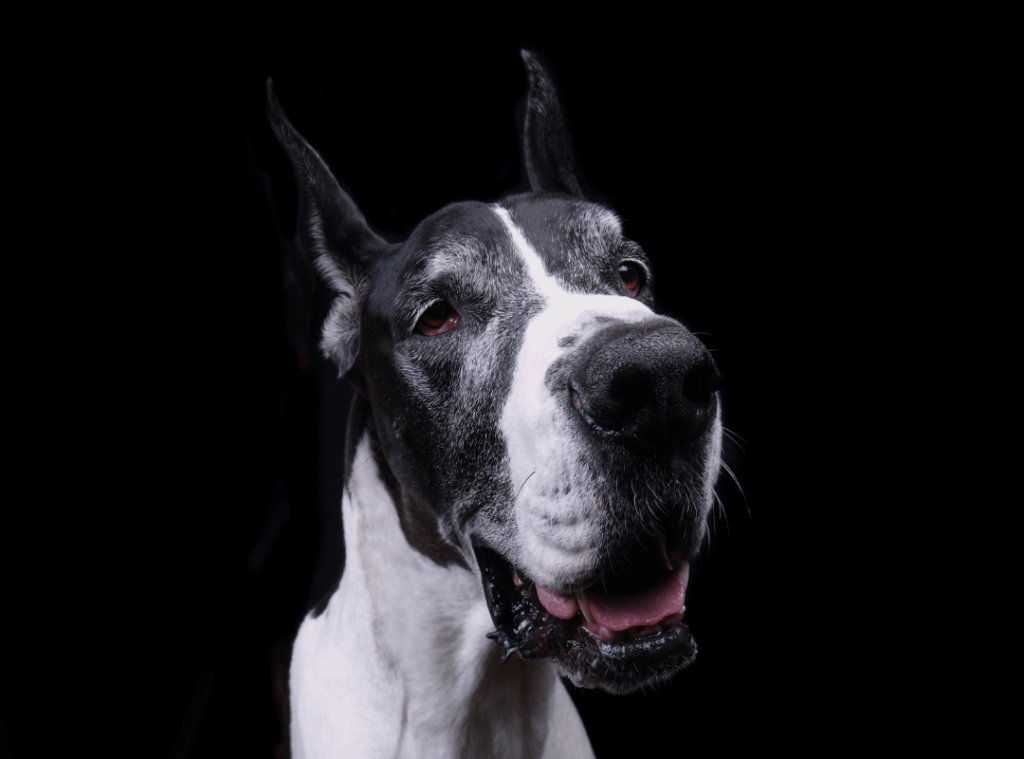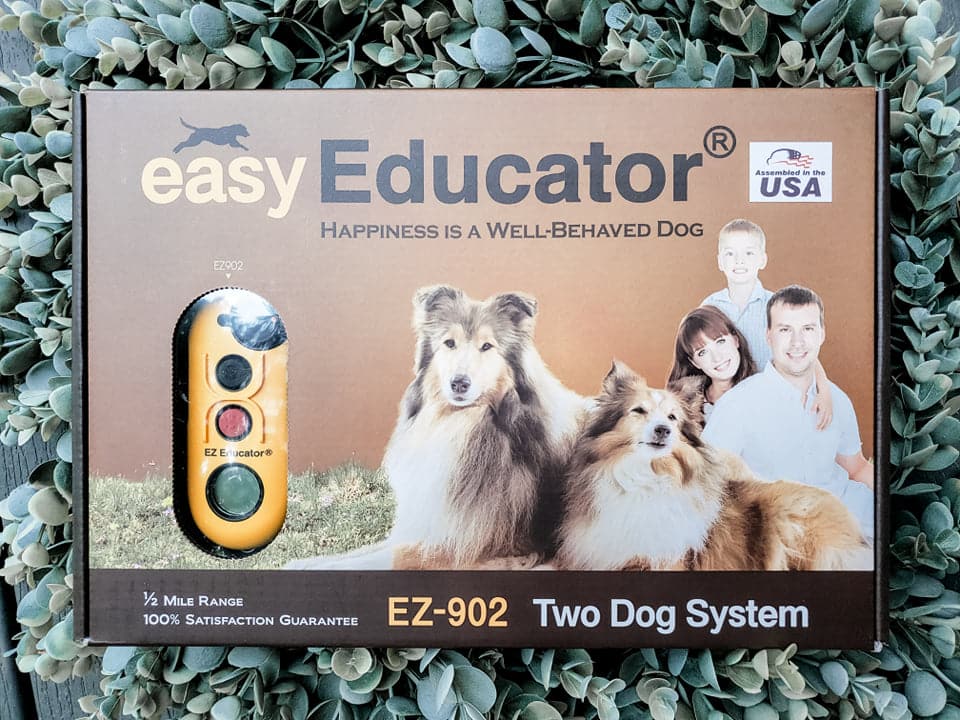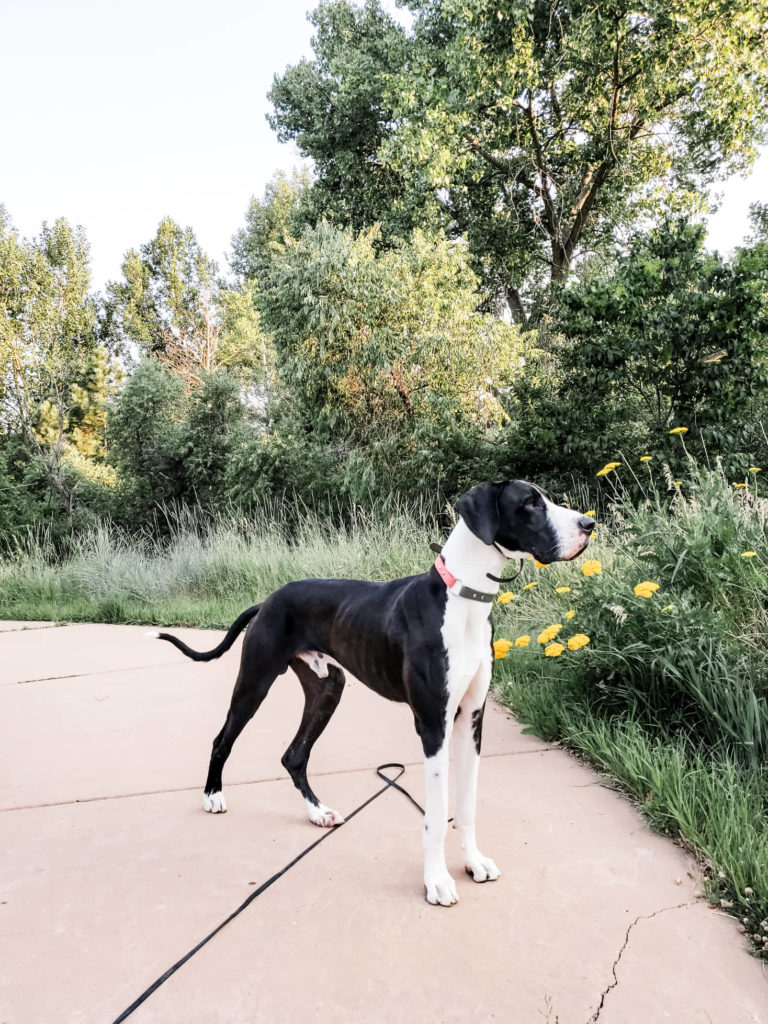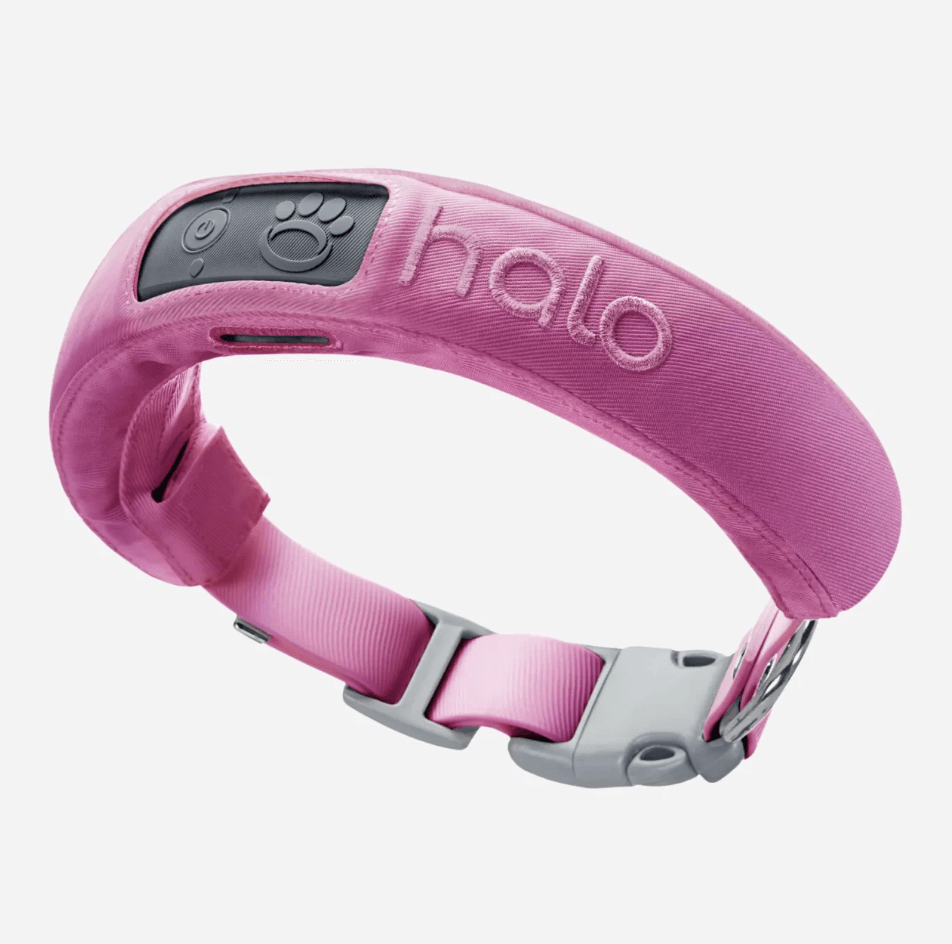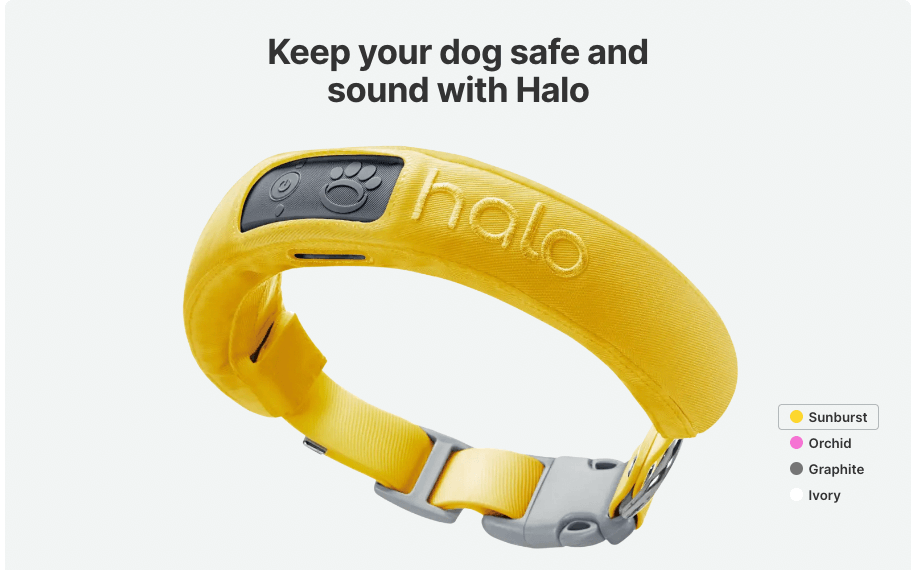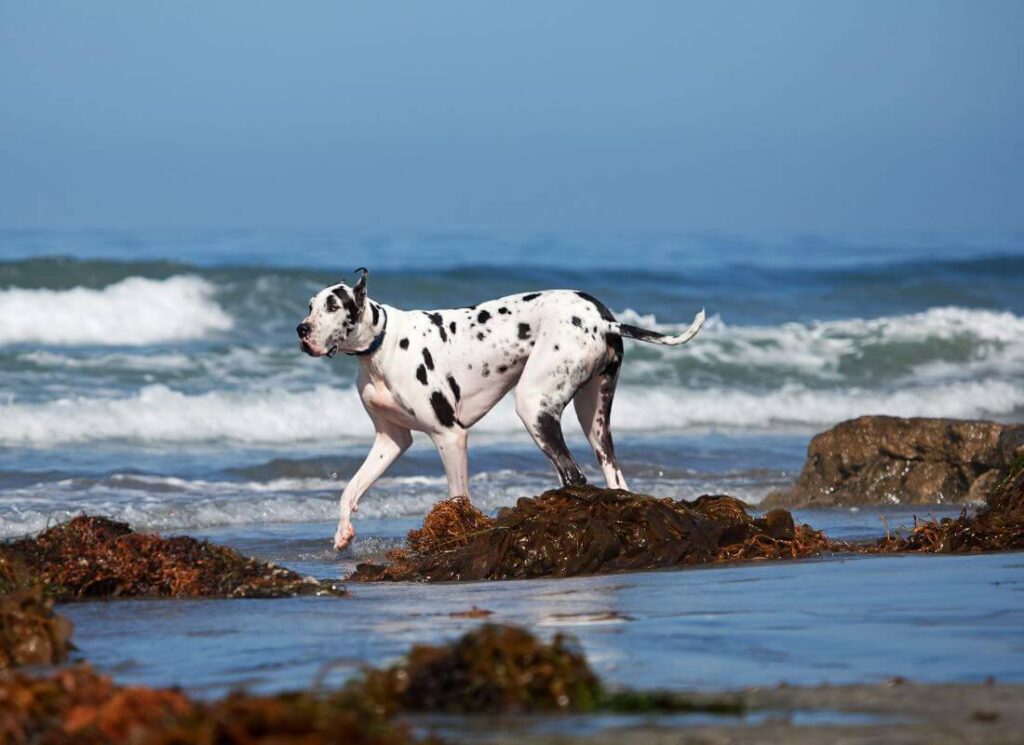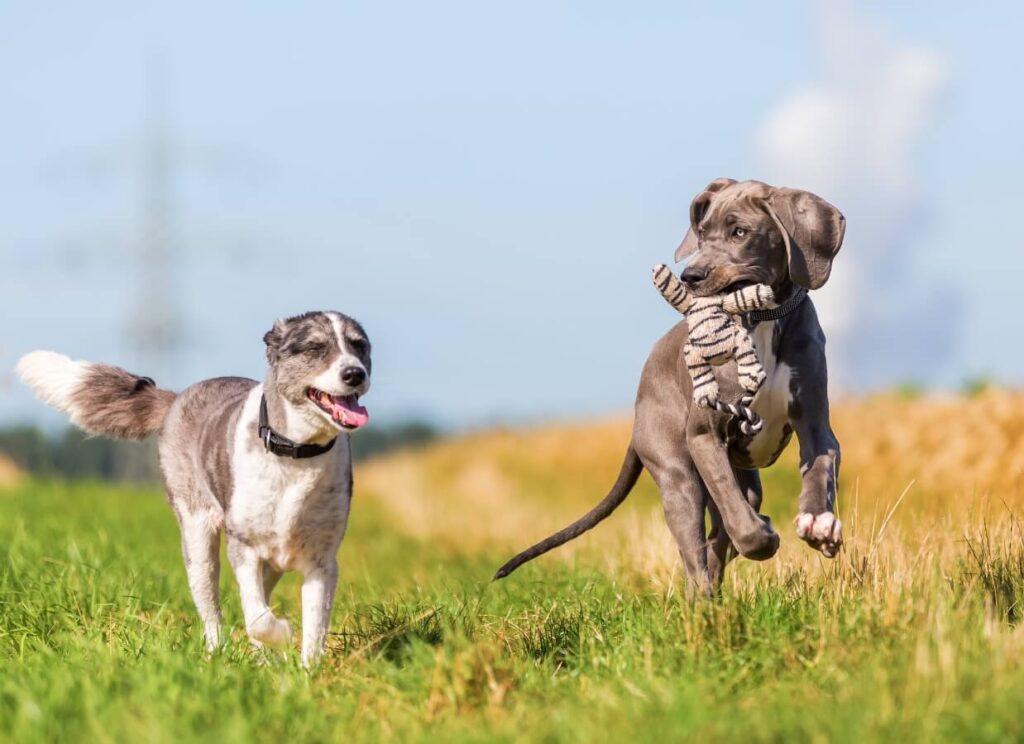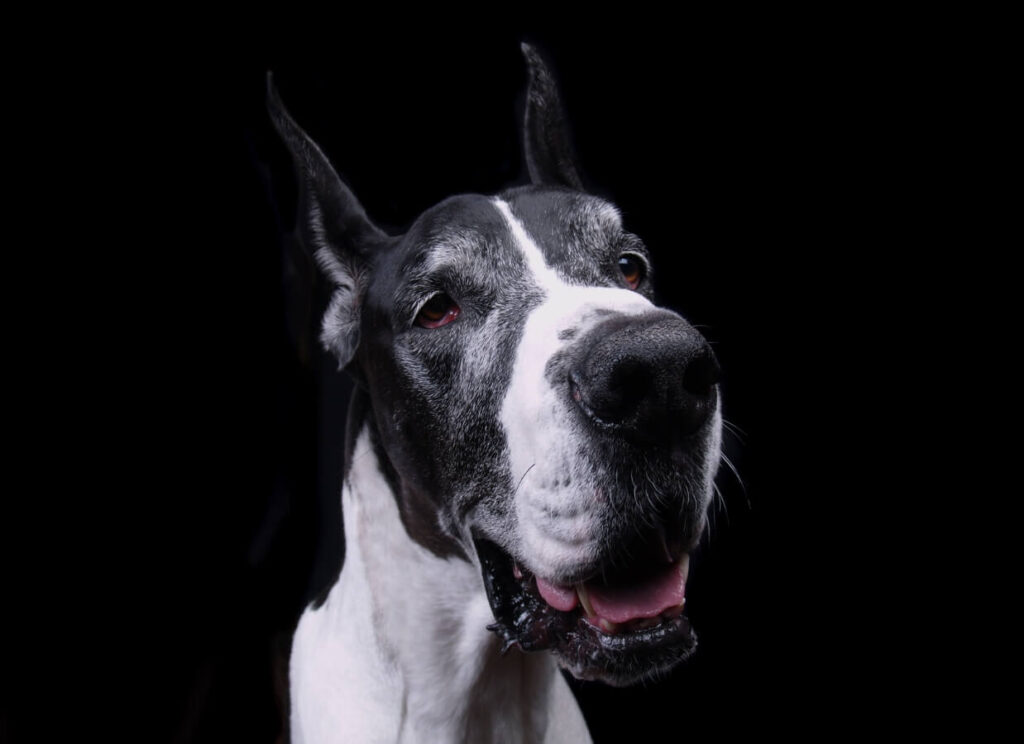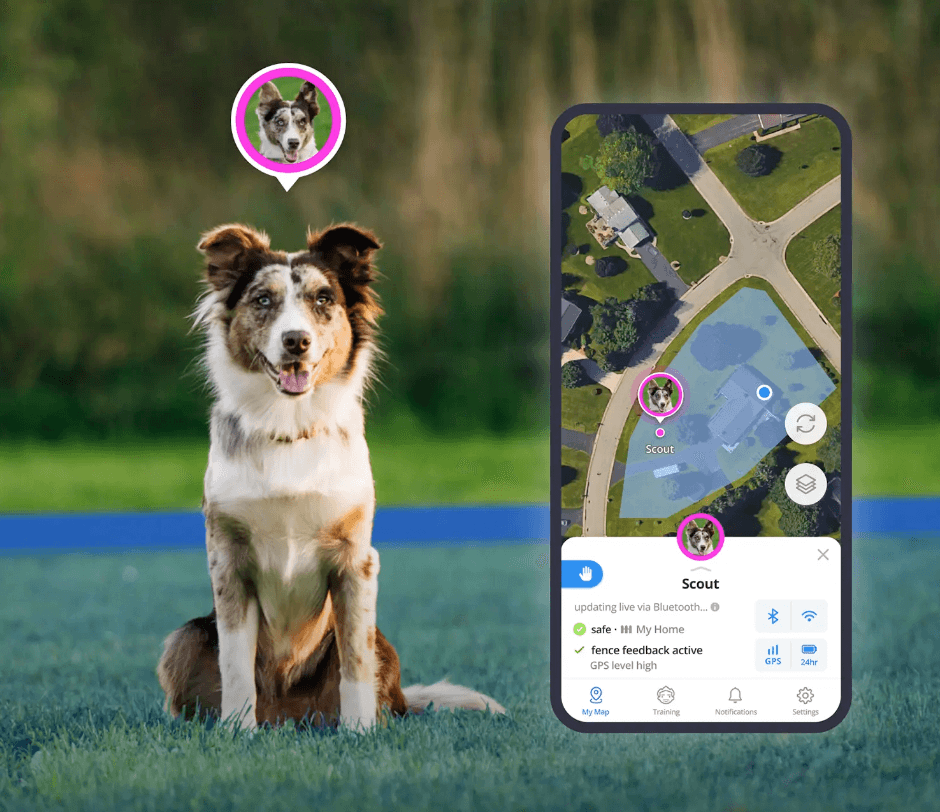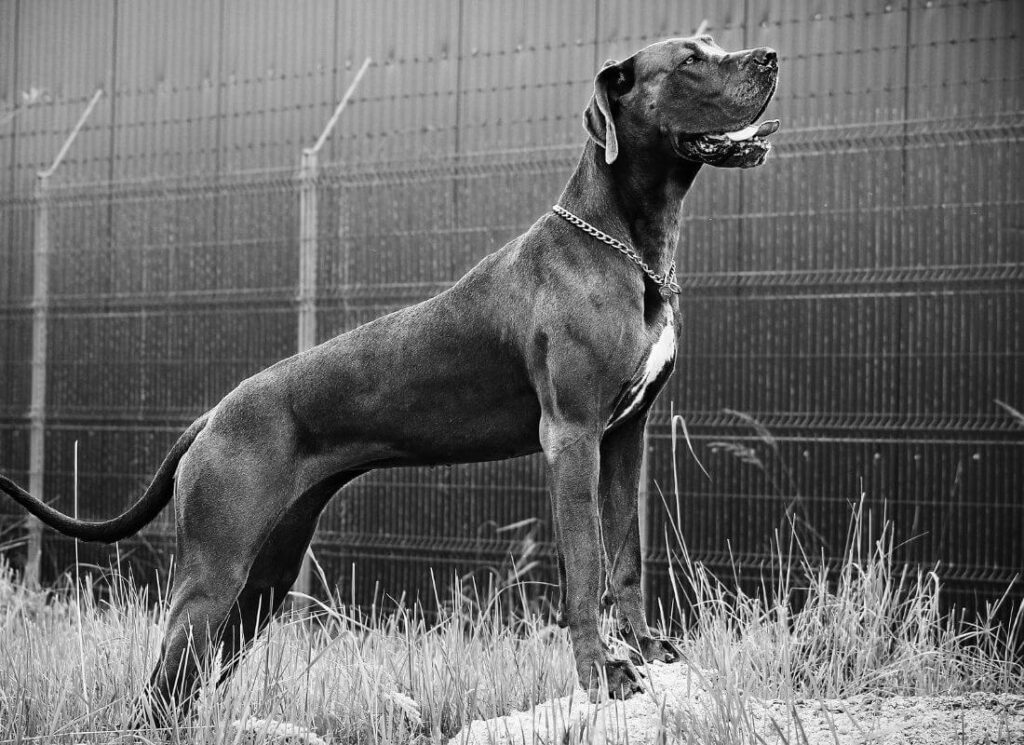At Hello Danes, we are HUGE believers in teaching Great Danes how to come when called. This is an important skill that is necessary for their safety and our sanity! Recall is the ability to command a dog to return promptly upon hearing its name or a specific cue. If you are ready to teach recall to a stubborn Great Dane in your life, this is where it’s at.
Between the two of us, we have 5 Great Danes that regularly get together to play…off-leash. We can ask them to calmly wait while others walk by. They can noodle around and explore the forest or the water, and we know they will come when we ask them to.
Our dogs are not special or smarter or less stubborn than any other Great Dane! But they are well trained, and we are here to help you achieve the same.

Why is Recall Important for Great Danes?
A reliable recall skill not only ensures the safety of the dog and those around it but also fosters a deeper connection between the owner and their Great Dane.
Here are some great reasons to train your dog to come when called, no matter what!
- Safety: One of the primary reasons for training a dog to come when called is to ensure their safety. Being able to call your dog back in potentially dangerous situations, such as traffic or around other animals, can prevent accidents and injuries.
- Off-Leash Freedom: A well-trained recall allows dogs to enjoy off-leash activities, providing them with more freedom during walks, playtime, and in secure, designated areas.
- Emergency Situations: In emergencies, a reliable recall can be a lifesaver. Whether it’s a sudden threat or a need to evacuate, being able to call your dog quickly and reliably is crucial.
- Social Interaction: A dog that comes when called is generally more socially adaptable. This is important for interactions with other dogs, people, and in various environments where you want your dog to be well-behaved and responsive.
- Compliance with Regulations: In many places, there are leash laws that mandate dogs to be under control in public spaces. A strong recall allows you to comply with these regulations, avoiding potential fines and ensuring a positive experience for others.
- Building Trust: Teaching your dog to come when called strengthens the bond between you and your pet. Trust is the foundation of a healthy relationship, and a reliable recall demonstrates your dog’s trust in your guidance.
- Ease of Veterinary Care: A dog that comes when called makes veterinary visits and routine care much easier. This cooperative behavior reduces stress for both the dog and the owner during medical examinations or treatments.
- Preventing Unwanted Behavior: A quick recall is an effective tool for preventing or interrupting undesirable behaviors, such as digging, chewing, or chasing after wildlife. It allows you to redirect your dog’s attention and reinforce positive behaviors.
- Enhanced Training Opportunities: Dogs that respond well to recall open up additional training opportunities. Whether it’s participating in agility courses, advanced obedience training, or simply enjoying more varied activities, a reliable recall is a prerequisite.
- Peace of Mind: Knowing that you can call your dog back in any situation provides peace of mind for dog owners. It allows for a more enjoyable and stress-free experience when spending time with your furry companion in various environments.
To put it simply, teaching your stubborn Great Dane to come when called is a valuable and necessary process. It’s worth the time you put into it!
5 Things You Need to Teach Coming When Called
We recommend the following items in your toolkit:
- Martingale collar. These are escape-proof, so your pet cannot make a mistake
- Long biothane leash. These give your pet a sense of freedom so you can safely practice coming when called
- A good treat pouch that is easy to wear and keep clean
- High-value treats (small and easy to eat quickly are best)
- A Mini-Educator or EZ Educator E-Collar (more on this below)
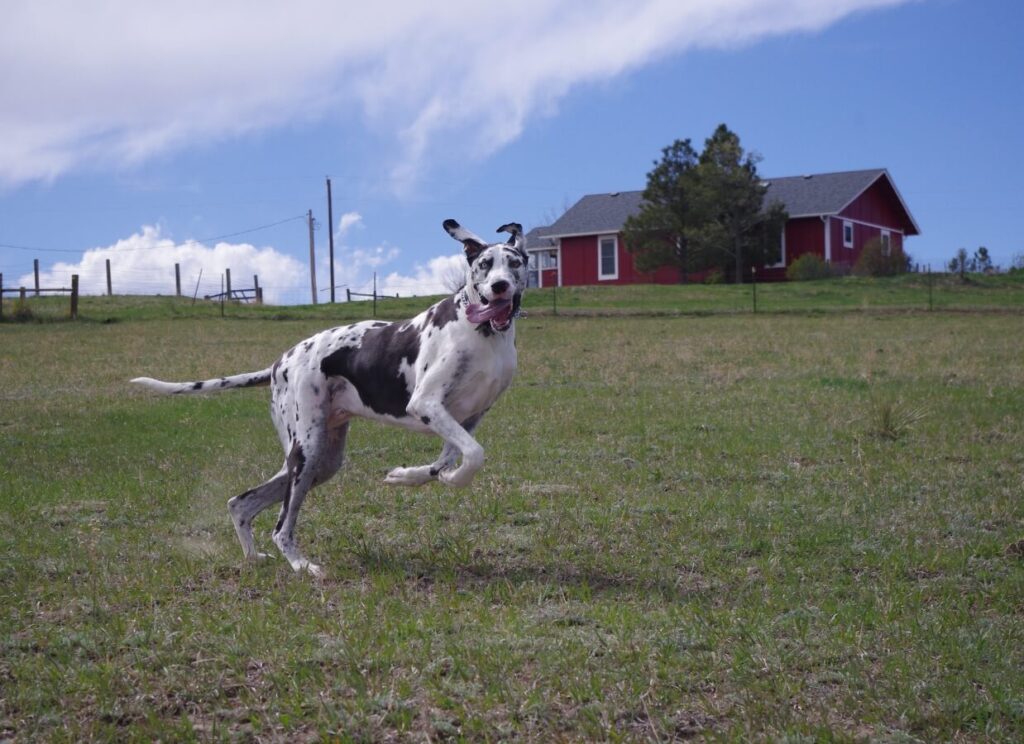
Step 1: Build the Recall Foundation with Positive Reinforcement
The first step in teaching a stubborn dog to recall is establishing a solid foundation built on positive reinforcement.
Begin in a controlled environment with minimal distractions. Use your dog’s name or a specific recall cue, followed by a treat or praise when they come to you. Repeat this process!
“Fido, COME!” then offer a small treat. Do this randomly, all day long. Make it fun. Never lure your dog by showing them the treat! Always hide it until they respond to your recall cue.
For some dogs, you may have to start with them being only a foot away from you. That’s ok!
Consistency is key—reward every successful recall promptly. Positive reinforcement creates an association between coming when called and positive outcomes, making it more likely that your dog will repeat the behavior willingly.
Don’t make this mistake when training your stubborn dog to come:
Never, EVER scold your dog when they come to you! If your dog has a habit of blowing you off when you recall them, don’t punish them for it when you finally catch them.
If you find yourself correcting your pet and letting them know how unhappy you are that they weren’t listening, you are teaching the dog that coming back to you sucks. Be better than this.
Ready to get serious? Here are our recommended items for training stubborn dogs to recall!
- Martingale collar. These are escape-proof, so your pet cannot make a mistake
- Long biothane leash. These give your pet a sense of freedom so you can safely practice coming when called
- A good treat pouch that is easy to wear and keep clean
- High-value treats (small and easy to eat quickly are best)
- A Mini-Educator or EZ Educator E-Collar (more on this below)

Step 2: Add Distractions & Fun Recall Games
As your dog becomes more comfortable with basic recall in your home and around your house, gradually introduce distractions to mimic real-life scenarios.
Start with the basics and increase the difficulty over time. Use your long leash and treats to start exploring new environments and bigger distances!
Some examples might include:
- Asking your dog to come to you from 5 feet away in a new location such as your front yard
- Visiting a quiet park and practicing recall there
- Going on a hike and asking your dog to recall to you from a short distance away
Never ask your pet to recall if you aren’t positive they will comply.
If you are unsure that your pet will respond, you’re asking too much for their current education level. It’s not that they are stubborn, it’s that you just haven’t built enough value yet around recalling in higher distraction environments. That’s ok, keep working on it!
Fun Games that Teach Recall
Coming to you must be fun and rewarding! You must be more interesting and more engaging than any distraction in the environment. Here are some fun games that teach recall, to help build drive and enthusiasm in your stubborn dog!
Use Toys and Play
Tug-of-war, fetch, or incorporating favorite toys can make the training process fun for your dog. When your dog comes, instead of a treat immediately chuck a ball or a tug at them and play!
Game #1 – Hide and Seek
Introducing a game of hide and seek into your dog’s training routine can be a playful and effective way to cultivate enthusiastic recall. Tuck yourself behind a wall or door and encourage your pet to find you. When they do, shower them with praise and treats.
As you progress, extend the hiding locations and increase the difficulty, encouraging your dog’s natural instincts to search and find. Hide and seek not only strengthens the recall behavior but also adds an element of joy to the training, fostering a strong connection between you and your canine companion.
Game #2 – Hold Them Back
For this game, you need a friend to hold your dog and prevent them from coming to you.
While they hold your pet back, you RUN away. Use a squeaking toy to make sounds, wave your arms, act silly, and roll on the ground. Have FUN!
Your dog will be ANTSY to get to you. Take advantage of this and say “Fido, COME!”. Your friend can release your dog on this cue, and they will bolt to you. Reward this behavior!
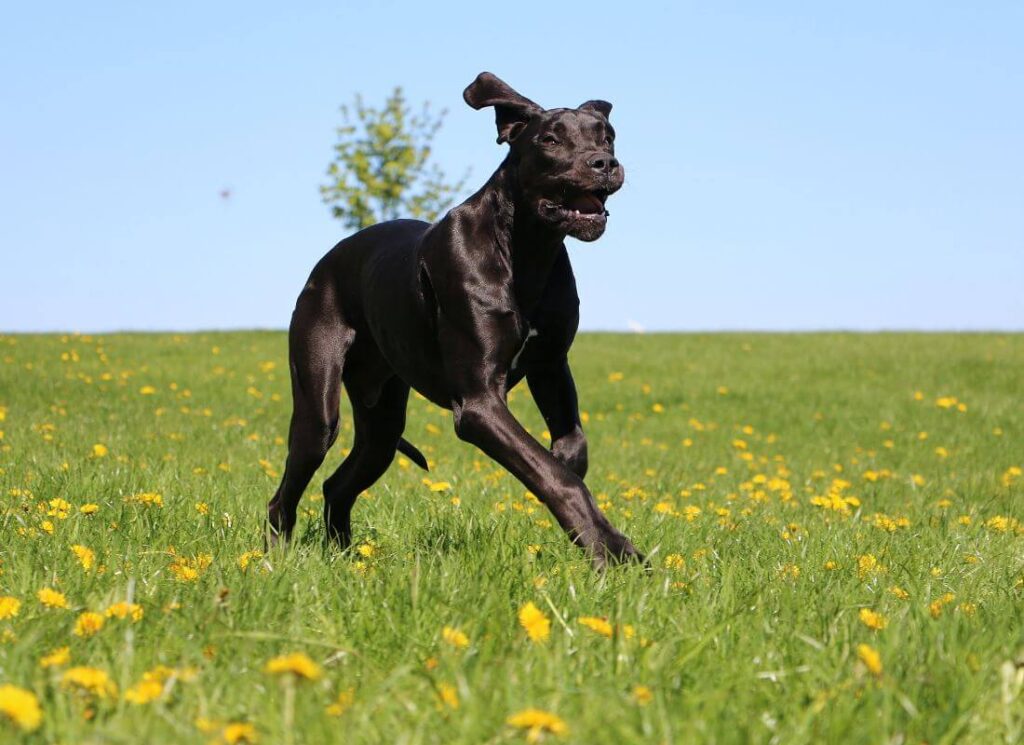
Step 3: Modern E-Collar Training for Teaching Recall
At some point, you’ll be ready to ditch the long leash. But is that truly the safest and most responsible thing to do?
Let’s dig into what I call the replacement for the long leash.
This final recall trick is how we safely and confidently can have 5 Great Danes off leash!
It’s time we talk about modern E-Collar training.
All leashes and collars provide tactile feedback to your pet. This feedback is a communication to them. E-collars work the same way (we’re not talking about cheap shock collars here. Those are different). Gentle, tactile sensations in the form of muscle stimulation can be used to effectively replace the sensation of leash tension from getting to the end of a long leash.
E-Collar training can start once the dog has a solid foundation of recall. This means that you’ve followed the steps above, your dog knows what COME means, and can recall to you from short distances among reasonable distractions.
I will cover purchasing the right E-collar below. Let’s start with how to train with an E-collar first!
- Martingale collar. These are escape-proof, so your pet cannot make a mistake
- Long biothane leash. These give your pet a sense of freedom so you can safely practice coming when called
- A good treat pouch that is easy to wear and keep clean
- High-value treats (small and easy to eat quickly are best)
- A Mini-Educator or EZ Educator E-Collar (more on this below)
How to Condition a Dog to an E-Collar
Larry Krohn is a dog trainer known for his positive reinforcement-based approach, including e-collar training. Keep in mind that using an e-collar requires careful consideration and should be approached with a commitment to ethical and humane training practices. Below is a step-by-step guide based on a positive reinforcement approach inspired by Larry Krohn’s methods:
Step 1: Introduce the E-Collar as a Neutral Object Allow your dog to become familiar with the e-collar as a neutral object. Let them sniff and inspect it while associating this experience with positive reinforcement, such as treats or playtime. This helps create a positive association with seeing and wearing the e-collar.
Step 2: Find your Dog’s Working Level To find the working level, start by placing the e-collar on your dog and selecting the lowest intensity setting. Observe your dog’s reaction, looking for subtle signs like a twitch of the ear or a change in expression. Gradually increase the intensity until you notice a noticeable response, such as a slight head movement or acknowledgment of the collar. The working level is the lowest setting where you see a clear but mild reaction. It’s essential to conduct this process in a calm environment, free from distractions, and always prioritize your dog’s comfort and well-being.
Step 3: Gradual Introduction of Low-Level Stimulation Once your dog is comfortable with the collar’s sensation at the lowest level they notice, start pairing the sensation with treats. Most dogs learn very quickly that the sensation = treats. This sensation can ultimately replace the word “COME”!
Step 4: Practice Recall in Controlled Environments Initiate recall training in controlled environments with minimal distractions. Use the collar’s stimulation feature when giving the recall command, rewarding your dog for a prompt and positive response. Apply stimulation, say COME, and immediately remove the stimulation when your dog turns to run towards you. Gradually increase the level of distraction as your dog becomes more proficient.
Step 5: Gradual Exposure to Different Environments Expand recall training to different environments, exposing your dog to varying levels of distractions. This helps generalize the recall behavior across diverse settings. Ensure the e-collar is used as a tool to reinforce positive behaviors rather than as a punishment.
Step 6: Monitor and Adjust as Needed Continuously observe your dog’s reactions and adjust the e-collar settings accordingly. If your dog shows signs of stress or discomfort, reassess the training approach, and seek professional guidance if necessary.
Step 7: Utilize Continuous and Escalating Stimulation as Needed to Communicate from Afar Once your dog understands that stimulation = come to you, you can utilize slightly higher levels of stimulation and increasing pressure to reinforce the behavior in high distraction areas. For example, if your dog is chasing a squirrel or about to run into the road, you can quickly implement a higher level of communication from the collar.
Step 8: Seek Professional Guidance if Needed If you’re unsure about any aspect of e-collar training or if you encounter challenges, consider seeking guidance from a professional dog trainer experienced in positive reinforcement methods with e-collar use.
Remember, the goal is to create a positive association between the e-collar and desired behaviors, ensuring a reliable recall without causing stress or fear for your dog.
If you want a more in-depth explanation of the E-Collar conditioning process, check out Larry Krohn’s insanely easy-to-read book!

The Best E-Collars for Stubborn Dogs
When it comes to training stubborn dogs, selecting the right e-collar can make a significant difference in the training experience. We never, ever recommend purchasing cheap shock collars!
The best e-collars for stubborn dogs are those that offer adjustable stimulation levels, ensuring a tailored approach to the individual dog’s sensitivity. Models with a wide range of settings provide flexibility, allowing trainers to find the ideal intensity that effectively communicates without causing distress.
Additionally, e-collars with features like vibration or tone options offer alternatives to stimulation, providing a more versatile training experience.
Reputable brands like SportDOG, Garmin, and E-Collar Technologies are often recommended for their reliability, durability, and commitment to ethical training practices.
Our favorite brands and models are listed below:
- Martingale collar. These are escape-proof, so your pet cannot make a mistake
- Long biothane leash. These give your pet a sense of freedom so you can safely practice coming when called
- A good treat pouch that is easy to wear and keep clean
- High-value treats (small and easy to eat quickly are best)
- A Mini-Educator or EZ Educator E-Collar (more on this below)

